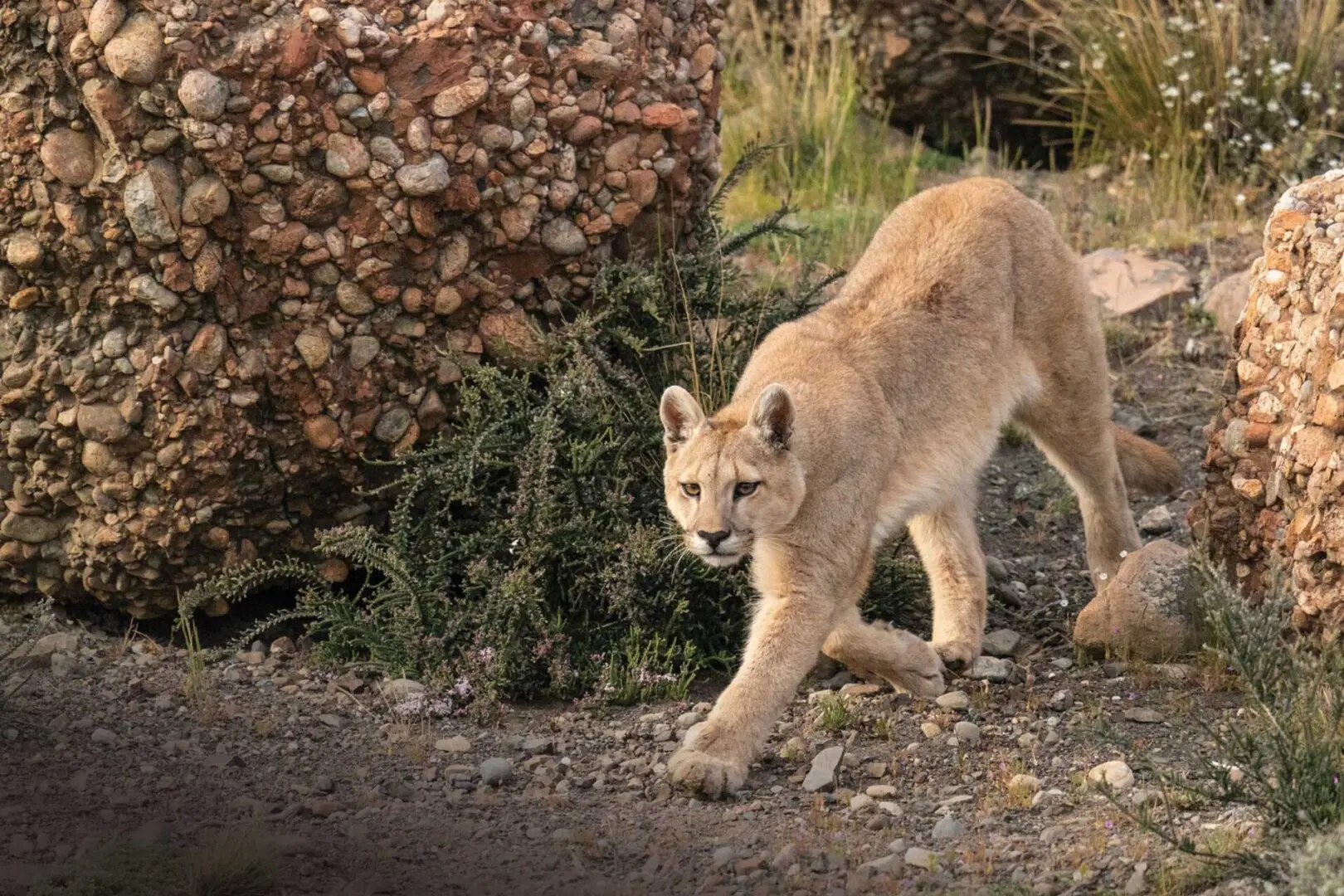Lions and Tigers and Bears, Oh My!
By MRS. LAUREN FOSNOT, STAFF WRITER
Hiking can mean different things to different people. For some, hiking means leisurely strolling in the great outdoors; for others, it is a steep, uphill trek that gets the heart pumping. Regardless of intensity, many people would agree that hiking is the perfect escape to clear and calm the mind.
Although this peaceful state of mind should be enjoyed, it should not allow for complacency. Recognizing that harmful incidents, such as wild animal attacks, can and do occur can add a layer of mindfulness to enjoying the journey.
If you plan to go for a hike, make sure to know the types of wildlife common in your area ahead of time. While smaller wildlife can pose the threat of rabies, larger animals, such as bears, mountain lions, and moose, can cause significant harm. A quick internet search can also reveal how different times of the year and weather conditions impact your likelihood of encountering various creatures. It can also inform you about what habitats these animals prefer to be around, such as valleys, streams, or ponds.
Although preventive measures should be the first step, knowing ahead of time how to dissipate an encounter is also critical, and this process may vary from animal to animal. For example, according to the National Park Service (NPS), one of the most important safety precautions to avoid a bear attack is to make yourself known and not surprise the bear. Most bears will avoid humans if they hear them coming. If one does see you, staying calm and making yourself look large (by slowly waving your arms or getting up on something) can deter it. Speak to it in a calm voice, letting it know you are not a threat (but nor are you prey). If all else fails, curling up into a ball and protecting your head can help optimize your chances of survival with a grizzly bear. With a black bear, fighting back with all your might could be what saves you!
On the other hand, if a moose is nearby, be stealthy so it does not detect you. If it does spot you, talk to it softly and very slowly move away. This technique may keep your nerves calm in this situation as well! Do not be aggressive because you do not want the moose to see you as a challenge. Recognize signs of agitation; if its ears are back, it may be more likely to charge. Taking cover behind something solid is key if this happens. Unlike situations with bears, it is okay to run from a moose if the situation escalates; however, like situations with bears, curling up into a ball and protecting your head is the go-to if you have been caught.
Mountain lions (also called cougars, pumas, panthers, and catamounts) can be especially frightening to encounter on a hike. Some of the most important advice is to remember not to run. Instead, do everything you can to not project yourself as prey, including making eye contact, standing tall, opening your jacket (if you have one), and speaking in a loud, firm voice. If a cougar initiates an attack, fight back! According to NPS, a hiker once used a rock to fend off a mountain lion attacking his child, and others have “fought back successfully with sticks, caps, jackets, garden tools, and their bare hands.” Because mountain lions often try to bite the head or neck, staying on your feet and protecting your vital organs could save your life.
As you can see, knowing the nature of the animal can help you react best should you encounter one; however, preventative measures are always key. Whether you like to slow down and smell the roses or you are an adrenaline junkie, being prepared for whatever you encounter can make hiking much more enjoyable.

